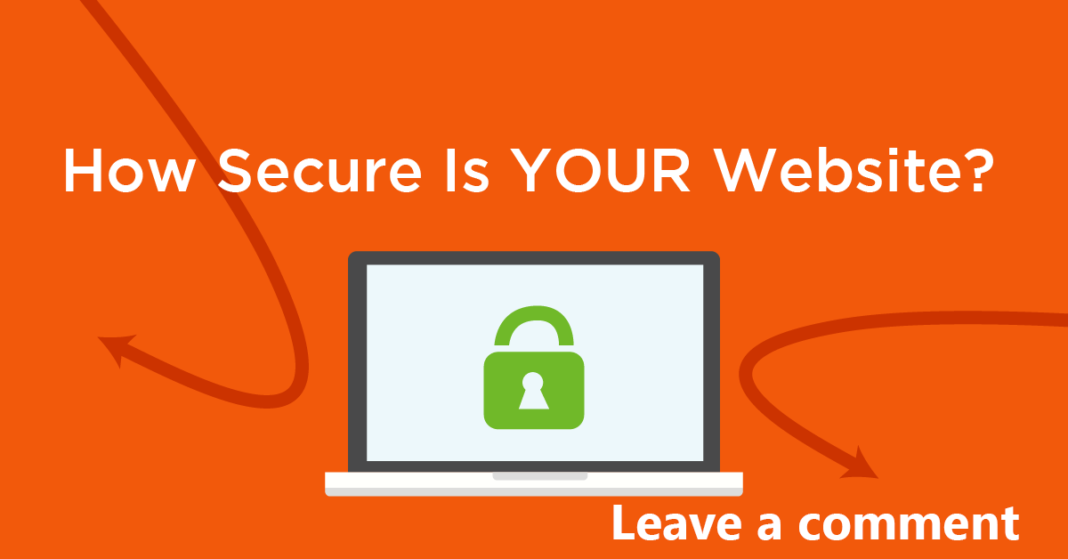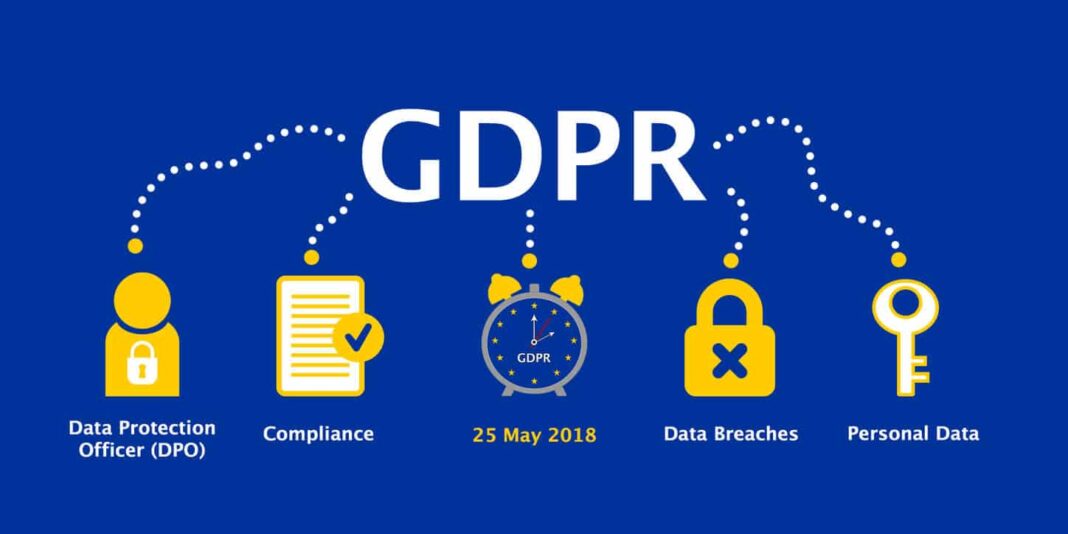Securing a website is an important step in protecting your business and customers from cyber threats. Here is a step-by-step guide on how to secure your website, as well as some tips and tricks for website owners:
- Keep your software and plugins up to date: One of the easiest ways to protect your website is by keeping your software up to date. For websites that use third party plugins, the admins need to ensure that they are up to date. This ensures that any known security vulnerabilities are patched and that your website is protected from the latest threats.
- Use strong passwords: Create strong and unique passwords for your website logins and ensure that all users have strong passwords enforced as well. Avoid using common words or easily guessed information, and consider using a password manager to generate and store complex passwords.
- Use HTTPS: HTTPS encrypts the communication between your website and its visitors, making it more difficult for hackers to intercept or steal sensitive information. You can get an SSL certificate from a reputable provider and configure your website to use HTTPS.
- Use a Web Application Firewall (WAF): A WAF can help protect your website from common web-based attacks such as SQL injection and cross-site scripting (XSS). It analyzes incoming traffic to your website and blocks any suspicious activity.
- Implement two-factor authentication: Two-factor authentication adds an extra layer of security to your website by requiring users to provide a second form of authentication in addition to their password. This can include a fingerprint, facial recognition, or a code sent to a mobile device.
- Monitor your website for suspicious activity: Regularly check your website’s logs and analytics for any suspicious activity, such as a sudden increase in traffic or login attempts from unfamiliar IP addresses.
- Backup your website: Regularly backup your website, including all files and databases, to ensure that you can quickly restore your website in case of a disaster.
- Use a security plugin or software: There are various security plugins or software available for different Content Management Systems (CMS) such as WordPress, Joomla, and Drupal, that can help you secure your website. These plugins or software can help you with tasks such as blocking malicious IPs, detecting and blocking SQL injection attempts and much more.
- Limit login attempts: Implementing a limit on login attempts can help prevent brute force attacks, where hackers try different combinations of username and password to gain access to your website. This could be done by using a plugin or by adding a code snippet to your website.
- Regularly scan your website for malware: Use a malware scanner to check your website for any known malware or suspicious files. This will help you identify and remove any malware that may have been inserted into your website.
- Use a security header: Security headers such as HTTP Strict Transport Security (HSTS), Content Security Policy (CSP) and X-XSS-Protection can provide an extra layer of protection to your website by preventing certain types of attacks.
- Monitor your website’s reputation: Keep an eye on your website’s reputation by using tools such as Google Safe Browsing, McAfee Site Advisor and Norton Safe Web. These tools will notify you if your website is ever flagged as unsafe or compromised.
- Keep your hosting provider informed: Keep your hosting provider informed of any suspicious activity or security breaches, as they may be able to assist you in resolving the issue.
Tips and Tricks for website owners:
- Educate your employees about cybersecurity best practices and make sure they understand the importance of keeping their passwords secure.
- Use a Content Delivery Network (CDN) to distribute your website’s content across multiple servers in different locations, which can help to protect your website from DDoS attacks.
- Limit access to sensitive data and use access controls to ensure that only authorized users can view or modify sensitive information.
- Be aware of the latest cybersecurity threats and stay informed about the latest vulnerabilities and patches.
- Use strong and unique security questions for account recovery.
- Be careful when installing new software or plugins, and only use those from reputable sources.
- Regularly check your website’s code for any vulnerabilities or suspicious code.
- Consider hiring a professional security firm to conduct a security audit and penetration testing on your website.
If you stay vigilant enough, you can help to protect your website and the sensitive information of your customers. Remember to always be on the lookout for new threats and vulnerabilities. Regularly review and update your security measures to ensure that your website remains secure.



